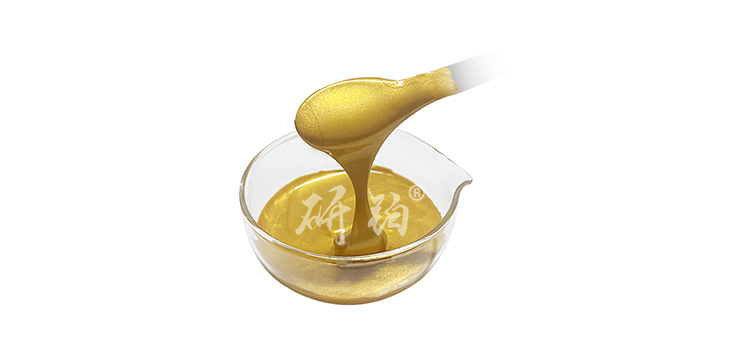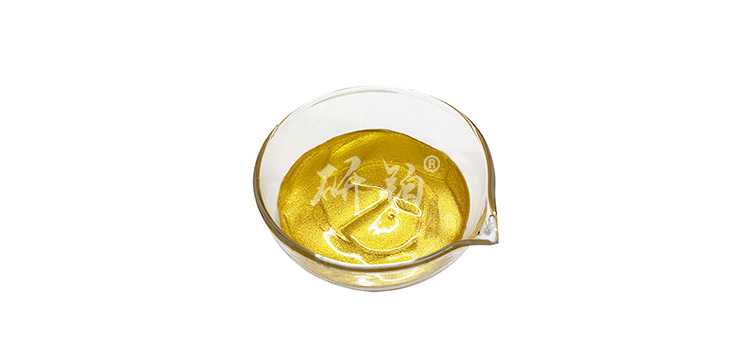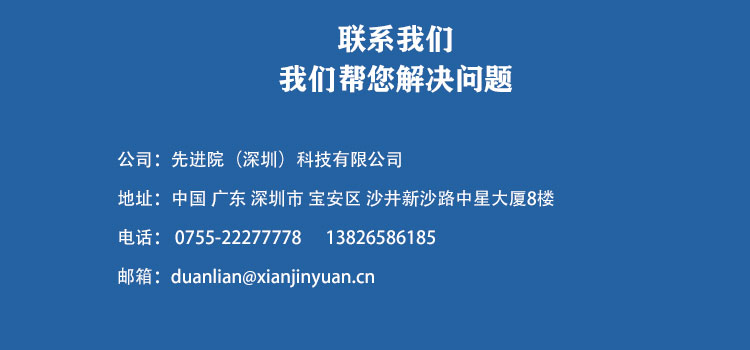In the fields of electronics, decoration, etc., printing gold paste is widely used due to its excellent conductivity, decorative properties, and oxidation resistance. However, when it comes to complex substrates, the adhesion issue of printed gold paste often becomes a key factor restricting product quality. This article will explore how to solve this problem and introduce the advanced technology of Advanced Institute (Shenzhen) Technology Co., Ltd
Research Platinum Brand Printing Gold PasteInnovative solutions in this field.
1、 Characteristics and challenges of complex substrates
Complex substrates usually refer to materials with low surface energy, strong chemical inertness, irregular shape, or special functions, such as plastics, composite materials, glass, etc. The chemical composition and physical structure of these substrate surfaces differ significantly from the chemical properties of the gold paste, making it difficult for the gold paste to form good adhesion on the substrate surface. Specific challenges include:
-
Surface energy difference: Low surface energy substrates are difficult to form effective intermolecular forces with gold paste, resulting in easy detachment of the gold paste during drying or curing processes.
-
Chemical inertness: Some substrate surfaces lack active functional groups, which prevent cross-linking or adsorption reactions with the chemical components in the gold paste.
-
Microstructure differences: The microstructure of complex substrates may not be conducive to the penetration and anchoring of gold paste, affecting adhesion.

2、 Strategies for addressing adhesion issues
(1) Surface pretreatment
-
Physical treatment: By plasma treatment, ultraviolet irradiation, or mechanical polishing, the microstructure of the substrate surface is changed to increase surface roughness, thereby improving the adhesion of the gold paste.
-
Chemical treatment: Chemical reagents are used to treat the surface of the substrate, introducing active functional groups to enhance the chemical bonding between the substrate and the gold paste. For example, using a solution containing silane coupling agent to treat glass substrates can significantly improve the adhesion of gold paste.
(2) Optimize the formula for gold paste
-
Adding adhesion promoting agents: Specific adhesion promoting agents such as organosilane coupling agents, titanate coupling agents, etc. are added to the gold paste. These additives can form chemical bridges between the gold paste and the substrate, enhancing adhesion.
-
Adjusting the rheological properties of gold paste: By changing the viscosity and thixotropy of the gold paste, it can better adapt to the surface characteristics of the base material during the printing process, reducing adhesion problems caused by poor leveling.
(3) Improve printing technology
-
Optimize printing parameters: Adjust printing pressure, speed, temperature and other parameters to ensure that the gold paste can evenly cover the surface of the substrate and form a dense film layer during the drying or curing process.
-
Adopting multi-layer printing technology: by first printing a layer of primer or adhesive layer, and then applying it on top
Printing gold pasteIt can effectively improve the adhesion of the gold paste. Primer can form a good chemical bond with the substrate, while providing a more easily adhered surface for the gold paste.

3、 Innovative solution for printing gold paste of Yanbo brand
Advanced Institute (Shenzhen) Technology Co., Ltd. launched
Research Platinum Brand Printing Gold PasteExcellent performance in solving complex substrate adhesion problems. This product adopts advanced nano gold powder preparation technology and unique formula design, and has the following characteristics:
-
High activity of nano gold powder: Research Platinum brand printing gold paste uses high-purity nano gold powder, which has small particle size, large specific surface area, and higher chemical activity. It can form more effective chemical bonds with active functional groups on the substrate surface.
-
Multi functional additive system: The product contains various functional additives, such as nanocomposite binders and surfactants. These additives not only enhance the adhesion of the gold paste on complex substrates, but also improve the rheological properties and printing adaptability of the gold paste.
-
Customized solution: Advanced Institute (Shenzhen) Technology Co., Ltd. provides customized gold paste formulas and process suggestions based on customers' specific needs and substrate characteristics, ensuring excellent adhesion on various complex substrates.
4、 Conclusion
The adhesion problem of printing gold paste on complex substrates has always been a technical challenge in the industry, but through various efforts such as surface pretreatment, optimization of gold paste formula, and improvement of printing technology, this problem can be effectively solved. The research platinum brand printing gold paste of Advanced Institute (Shenzhen) Technology Co., Ltd. provides reliable technical support for the printing of complex substrates with its advanced technology and customized solutions, promoting the application and development of printing gold paste in more fields.
The above data is for reference only, and specific performance may vary due to production processes and product specifications.






